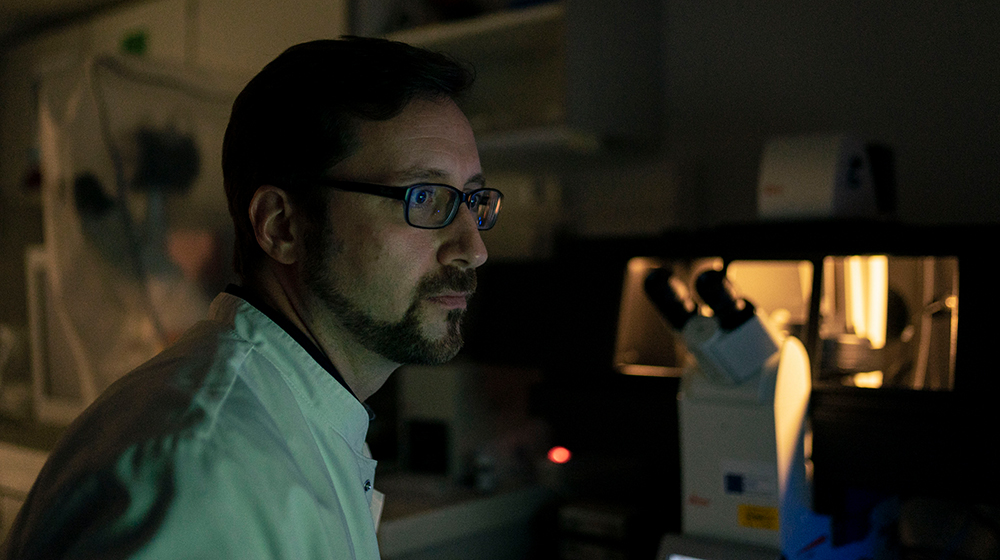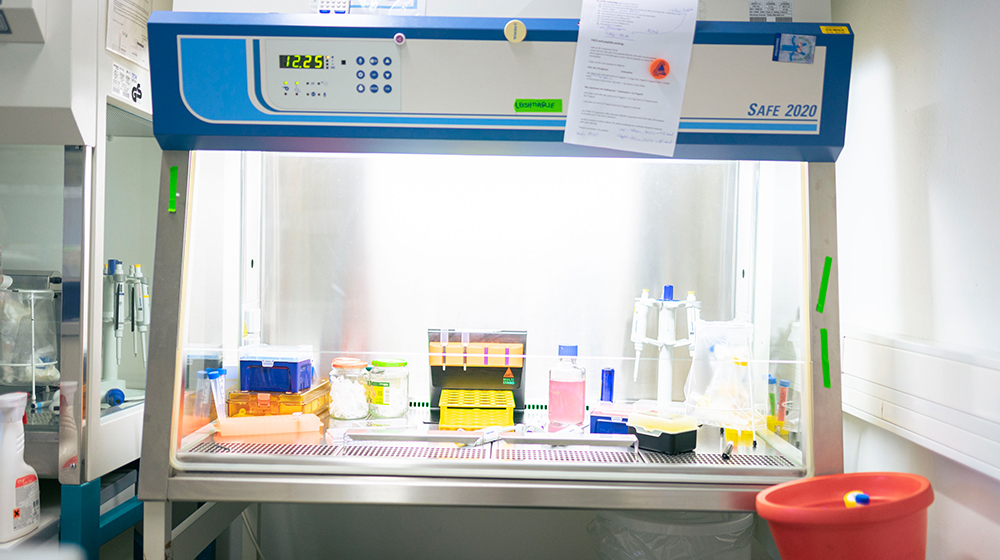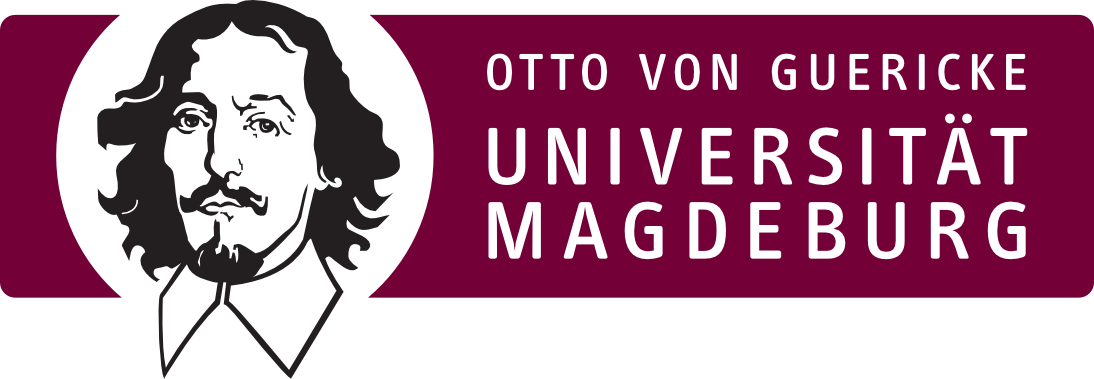Professor Andreas Müller has headed the "Experimental Immunodynamics" department at the Institute of Molecular and Clinical Immunology at the University of Magdeburg's Faculty of Medicine for ten years. He uses intravital microscopy for his research. In an interview with editor Irena Osterland, he explains how this technology works and why it is so crucial for the development of new therapies for infections and cancer.

Prof. Müller at work (Photo: Christian Morawe)
Professor Müller, what is intravital microscopy and how does it differ from conventional microscopy techniques?
Intravital microscopy is a method that allows you to look deep into living tissue and observe living cells. In contrast to conventional microscopy methods, which are often based on fixed samples, intravital microscopy allows dynamic biological processes to be analysed in real time.
That sounds exciting. Do you use a special microscope for this?
We use so-called 2-photon microscopes. These devices are not comparable with the handy models from biology lessons that you can simply place on a table: These microscopes take up a whole room.
Can you tell us more about how the microscope works?
The technology is based on an exciting physical effect. The idea is that fluorescent dyes in the tissue can be excited by two particles of light, known as photons, hitting them at the same time. The 2-photon microscope concentrates the light particles at a single location in the observed tissue so that we only receive the signals from the dye there and not from interfering tissue layers above and below. This allows a detailed insight into deep tissue and provides high-resolution images of cells and their interactions.
That sounds very complex. You use this technique to find out how communication between immune cells works. Why is that important?
Our research focuses on investigating the dynamics and interactions of immune cells in living tissue. In this context, we are interested in how the immune system reacts to infections and pathogens. By observing these processes live, we can gain a detailed understanding of the immune response and thus identify new therapeutic approaches or improve the effectiveness of existing immunotherapies. These starting points could be used to either block or enhance certain mechanisms with drugs, for example, depending on the need and target. Such immunotherapeutic approaches have revolutionised the treatment of cancer in recent years and offer promising prospects for the future.
 Prof. Müller and his team are investigating the dynamics and interaction of immune cells in living tissue (Photo: Christian Morawe)
Prof. Müller and his team are investigating the dynamics and interaction of immune cells in living tissue (Photo: Christian Morawe)
Can you give us a specific example of an experiment from your research?
In one of our experiments, we are tracking the movement paths of T cells that organise the defence against pathogens and cancer cells in the tissue. We can use this data to draw conclusions about when and where the T cells are activated. As the cells move through their natural environment, this is the best way for us to approximate the entire complexity and dynamics of the immune system.
You have already achieved an important research success with the help of intravital microscopy. What was it all about?
One of our most important studies was published in 2021 in the renowned journal "Immunity". We investigated how pathogens survive in tissue and how quickly they multiply. I was convinced that intravital microscopy was exactly the technique to show this. Ten years ago, this was a completely far-fetched idea, but it ultimately proved to be groundbreaking.
Finally, I would like to know how you seethe role of artificial intelligence and machine learning in your field of research?
To evaluate our experiments, we need quantitative data, especially to analyse the movement of cells. In the past, this was done manually. By using programmes, we can define certain parameters and the AI automatically generates data sets. Another area in which AI shows potential is the revision of scientific texts. Language models such as ChatGPT cannot, of course, write meaningful scientific texts, but they have great potential to optimise formulations and "test" rough ideas, so to speak. These applications offer exciting prospects and I am curious to see how this will develop in the future.
Thank you very much for the interview, Prof. Müller!
